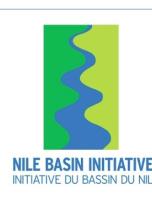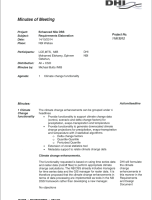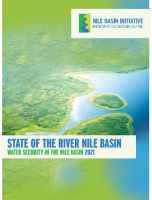Abstract
Report describing a Planning Framework for Development under different Climate Scenarios, which produced the following findings: (1) While nearly all studies agreed that temperatures will increase, rainfall predictions are less certain, and predictions of response of Nile flow to the change in chemical composition of the global atmosphere vary widely and different studies give conflicting results; (2) hence, using past decades of wet conditions, and dry conditions as proxy for likely changes in the climate of the Nile basin (instead of using predictions from any single model), and the RiverWare model, shows that (i) hydropower in Rosaries is not highly sensitive, even improved in some cases, during dry periods at Rosaries dam (ii) wet climate scenario would result in high inflow to the High Aswan Dam and dry climate scenario results in reduction of inflow to the dam; (iii) power generation of the GERD and the flow of water to Egypt are the most sensitive compared to the indicators in Sudan and particularly so for the dry climate scenario; (iv) the GERD is most at risk to the possibility of dry future climate, especially if the large capacity option is adopted; and (v) the flow of water to Egypt is vulnerable by virtue of location at the bottom of the overall system.


